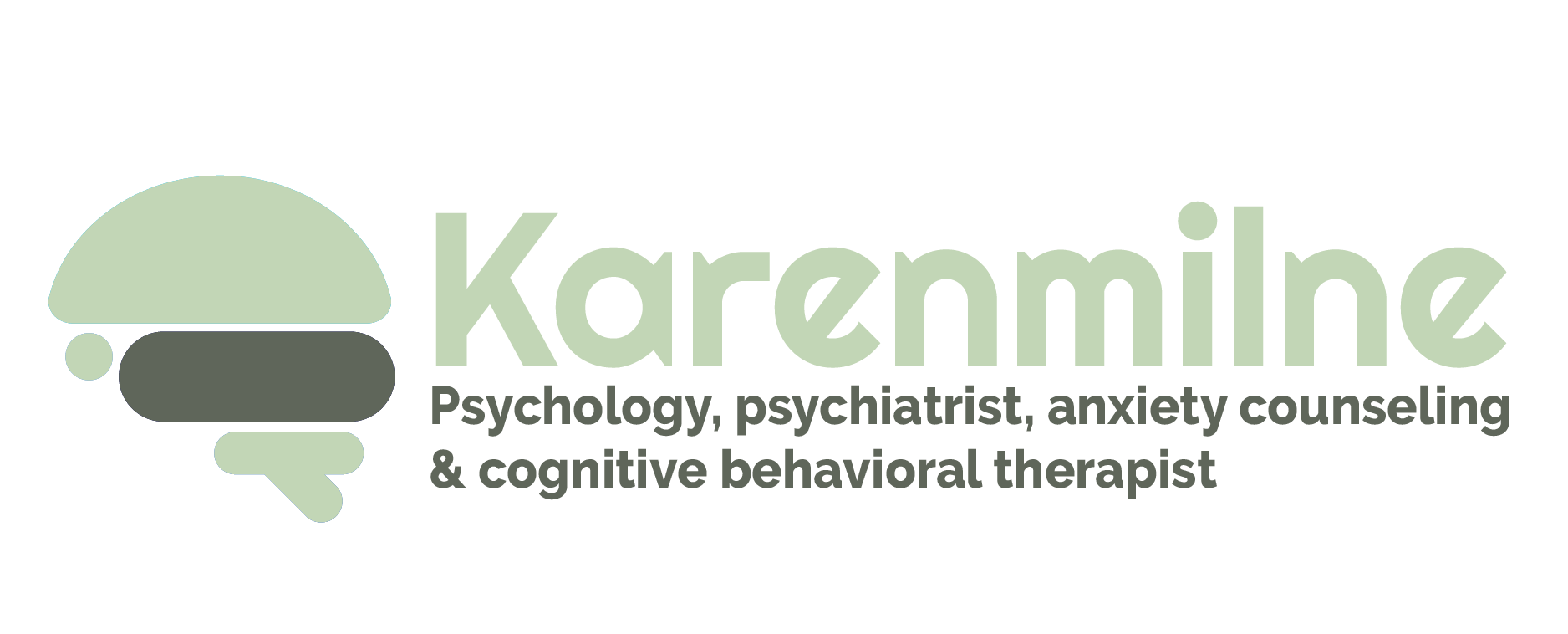Counselors specialize in helping their clients learn new skills and manage difficult emotions, as well as develop positive behaviors.
Step one of counseling begins by establishing the client’s needs and goals. Next, therapists encourage patients to discuss their problems openly while monitoring reactions of individuals involved.
It is a safe place to talk
Counseling can provide invaluable support during trying times. Counselors specialize in listening attentively, offering nonjudgmental perspectives and helping develop self-esteem and coping mechanisms while supporting clients openly about their emotions and experiences without being judged in return. Counseling provides an environment in which you can discuss these without judgment or stigma attached – providing a unique relationship for talking openly about emotions or experiences without feeling judged themselves or being judged themselves by anyone present.
Psychodynamic, humanistic, and behavioral approaches to counseling are the primary types available to you, depending on the severity and depth of your problems. Finding an experienced counselor treating cancer or another serious disease is also highly recommended.
Counseling and therapy are often used interchangeably, though their meanings differ significantly. Counselling generally addresses specific issues within a shorter timeframe; therapy typically uncovers root causes of experiences while treating related disorders such as depression, post-traumatic stress disorder and anxiety.
It is a place to learn new skills
Counseling is a form of psychotherapy in which individuals discuss their problems with a trained therapist or counsellor in an effort to solve mental health issues such as anxiety and depression. Therapists also help patients develop strategies for dealing with relationships or personal challenges more effectively.
Counseling methods range from humanistic to psychoanalytic approaches, each one offering its own set of advantages and disadvantages. Humanistic counseling focuses on how a patient experiences life events and the emotions triggered by them; its goal is equipping clients with tools they can use themselves to solve problems without external assistance.
Counselors need a number of important skills, but active listening should be at the top of their list. This means listening carefully without judgment to their client while simultaneously understanding nonverbal cues such as body language or gestures from them. Finally, counselors must keep their emotions under control to not show frustration or boredom during therapy sessions.
It is a place to find meaning
Counseling services enable clients to address their own challenges and work toward solutions, a complex and demanding process requiring trust between counselor and client. Counselors must use empathy and acceptance in their approach as part of forming partnerships that support finding meaning in life for clients.
Counseling and therapy can provide invaluable relief from relationship-based sources of depression. This may include any issues between parents, friends or partners as well as counseling helping individuals cope with mental health conditions like anxiety and stress.
Psychodynamic therapy entails exploring an individual’s unconscious motivations and associations that could influence present day behavior, with the ultimate aim being mental equilibrium and uncovering hidden motives. Psychoanalytic therapy (known also by its acronym PSAT), originated by Sigmund Freud is also known as effective treatment for depression, anxiety and other psychological conditions.
It is a place to express emotions
Counseling is a form of talk therapy which provides people with an outlet for their feelings and emotions. A counsellor or therapist will listen to your problems and suggest solutions; they may also teach you about understanding your thoughts and emotions – however they usually won’t offer advice or tell you what steps to take next.
First step to solving any problem: assess it emotionally or interpersonally
As soon as clients begin opening up about themselves emotionally, it’s essential that we remain aware that their emotions can come pouring out at any given time. With this in mind, listening with “rabbit ears” and paying attention to any nonverbal cues accompanying what they say are key components to effective therapeutic care.
